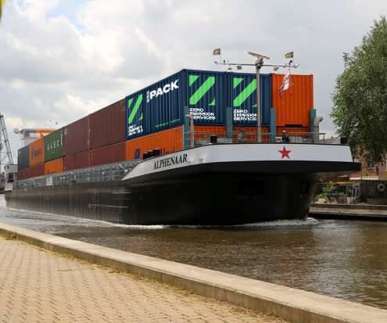PSI team develops web tool for consumers to compare environmental impact of passenger cars in detail
Green Car Congress
MAY 17, 2020
The system will graph lifecycle impact for a range of specified powertrains, for a large number of impact categories: Climate change [kg CO 2 -eq.]. Depletion of fresh water reserves [m 3 ]. Eutrophication of non-marine aquatic environments [kg N-eq.]. Eutrophication of non-marine aquatic environments [kg P-eq.].

















Let's personalize your content